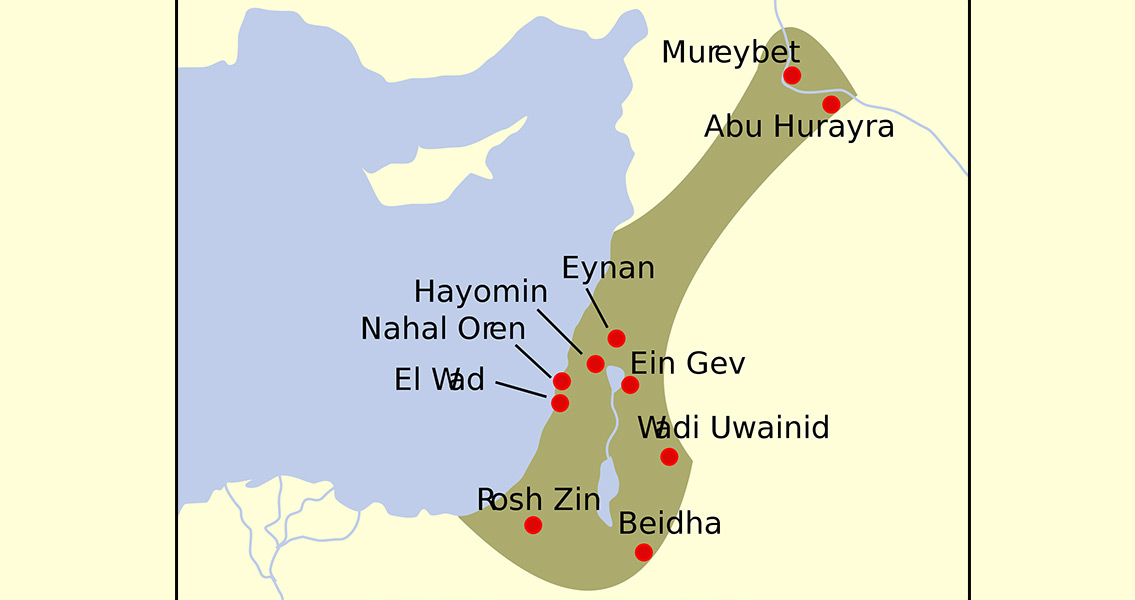<![CDATA[According to a new study published by researchers from Haifa University, the sounds that called the faithful of one particular ancient civilization in the Levant have been identified. Professor Dani Nadel and Dr. Danny Rosenberg from the university’s Zinman Institute of Archaeology say that they have discovered new information regarding the Natufians, an ancient group of people who lived in the Middle East between 11,500 and 15,000 years ago. One of the first human people to make permanent settlements instead of wandering in an itinerant, nomadic lifestyle, the Natufians left behind traces of their existence in the form of buildings with foundations made from stone and evidence that they had begun to experiment in cultivating agricultural crops. They were also one of the first human civilizations to establish defined burial areas that we would refer to as cemeteries today. It’s through the importance of burial to the Natufians that researchers have begun to discover how well-developed the culture truly was. Archaeological digs in the past have revealed that the ancient people were one of the first to line the graves of their departed with leaves and flowers. Following the additional revelation that the Natufians would have regularly held large banquets during commemorations and funerals, the newest development courtesy of the two university researchers has come to light. Dr. Rosenberg and Prof. Nadel became fascinated with one type of tool associated with preparing these massive banquets. Carved from solid boulders weighing as much as 100 kilograms and as tall as nearly one meter, these tools served as giant mortars for food preparation. The two scientists found it most striking that these boulder mortars seemed to be so closely associated with Natufian burial ceremony, with the majority of these tools being found either in burial sites or in a context that related to such a burial. The pair of researchers say that the ceremonial or social role played by the food ground on these boulders was integral to reinforcing collective identity and cohesion, and that the sound made by these boulders as the food was pounded would have been distinct and far-reaching. The scientists likened the sound to the way church bells call the faithful to prayer or community based worship today, as it would have been carried over great distances. With the ubiquity of these giant boulder mortars and with what has already been gleaned from research into Natufian burial rites, their use could very well have been more than just functional but a way for communities to reinforce their identity and collective cohesion. The sound of grinding could have been heard far enough away to inform neighboring settlements of important funerary rites that were beginning. These stones are routinely found in nearly every Natufian burial site – which through further study could add support to Rosenberg and Nadel's theory. Image courtesy of Wikimedia Commons user: Crates]]>
Sounds of Ceremonies of Ancient Civilization Discovered
